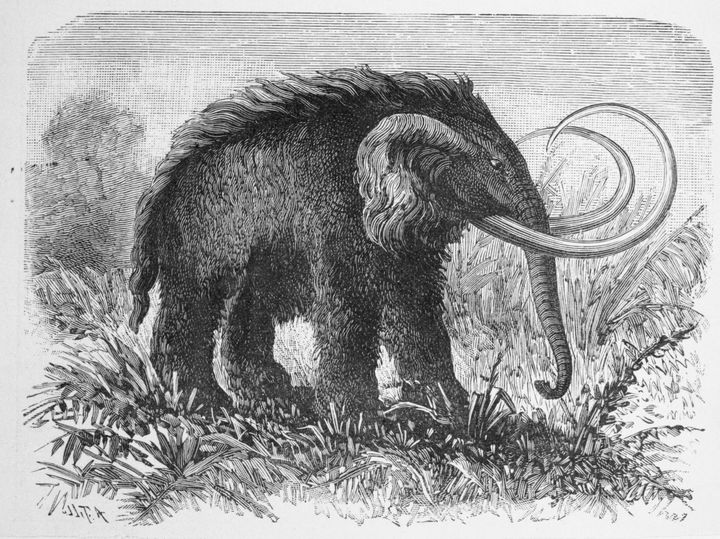The question of whether researchers can haul the woolly mammoth back into existence has fascinated the scientific community for years.
But after scientists revealed they are just two years away from creating a hybrid embryo, some have asked if the ancient creature should be reborn.
Now, a new study published in Science suggests that bringing extinct species back from the dead could hurt, not help, conservation efforts.
“The conversation thus far has been focused on whether or not we can do this. Now, we are progressing toward the: ‘Holy crap, we can—so should we? phase’, Douglas McCauley, an ecologist not involved in the study, told Science.

“It is like we’ve just about put the last stiches in [Frankenstein’s monster], and there is this moment of pause as we consider whether it is actually a good idea to flip the switch and electrify the thing to life,” McCauley added.
Researchers working on the study considered two scenarios.
In the first, they assumed governments would care for the resurrected species, finding that as the money would be taken from limited pots, it would compromise existing conservation efforts and lead to a net loss of biodiversity.
In the second scenario, a private company would look after the species, so it wouldn’t take away from already limited conservation budgets.
Reviving the Forbes’ snipe, for example, would create a net biodiversity gain in New Zealand, partly because the required conservation practices are already carried out for existing species in its former habitat: Chatham Island.
But there’s a catch.
If the money was instead spent on saving existing species, it would have a bigger increase in biodiversity - saving two to eight times more species.
In fact, only in the event that a rich donor wants to resurrect a dead species would there be a net gain in biodiversity.
“If that billionaire is only interested in bringing back a species from the dead, power to him or her,” first author Joseph Bennett, a biologist at Carleton University in Ottawa, told Science.
“However, if that billionaire is couching it in terms of it being a biodiversity conservation, then that’s disingenuous. There are plenty of species out there on the verge of extinction now that could be saved with the same resources.”
Nevertheless, woolly mammoths could bring other advantages beyond biodiversity.
By punching holes through the snow, they can keep the tundra cool, stopping it from thawing and releasing huge amounts of greenhouse gas.
A simulated ecosystem study has indicated that mammoths in Siberia could cause local temperatures to drop by up to 20C, the Press Association reported.
